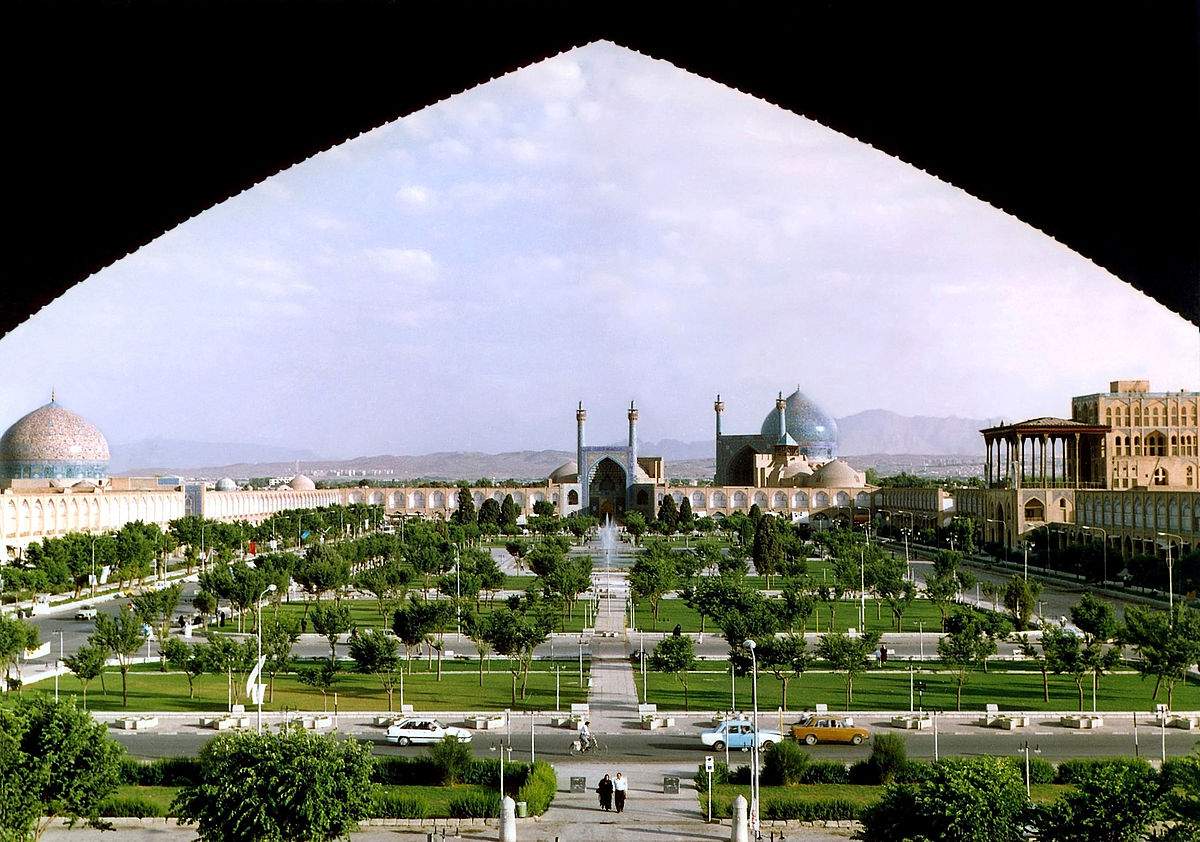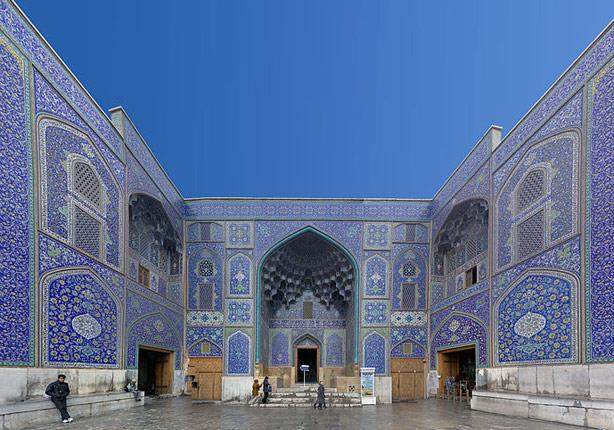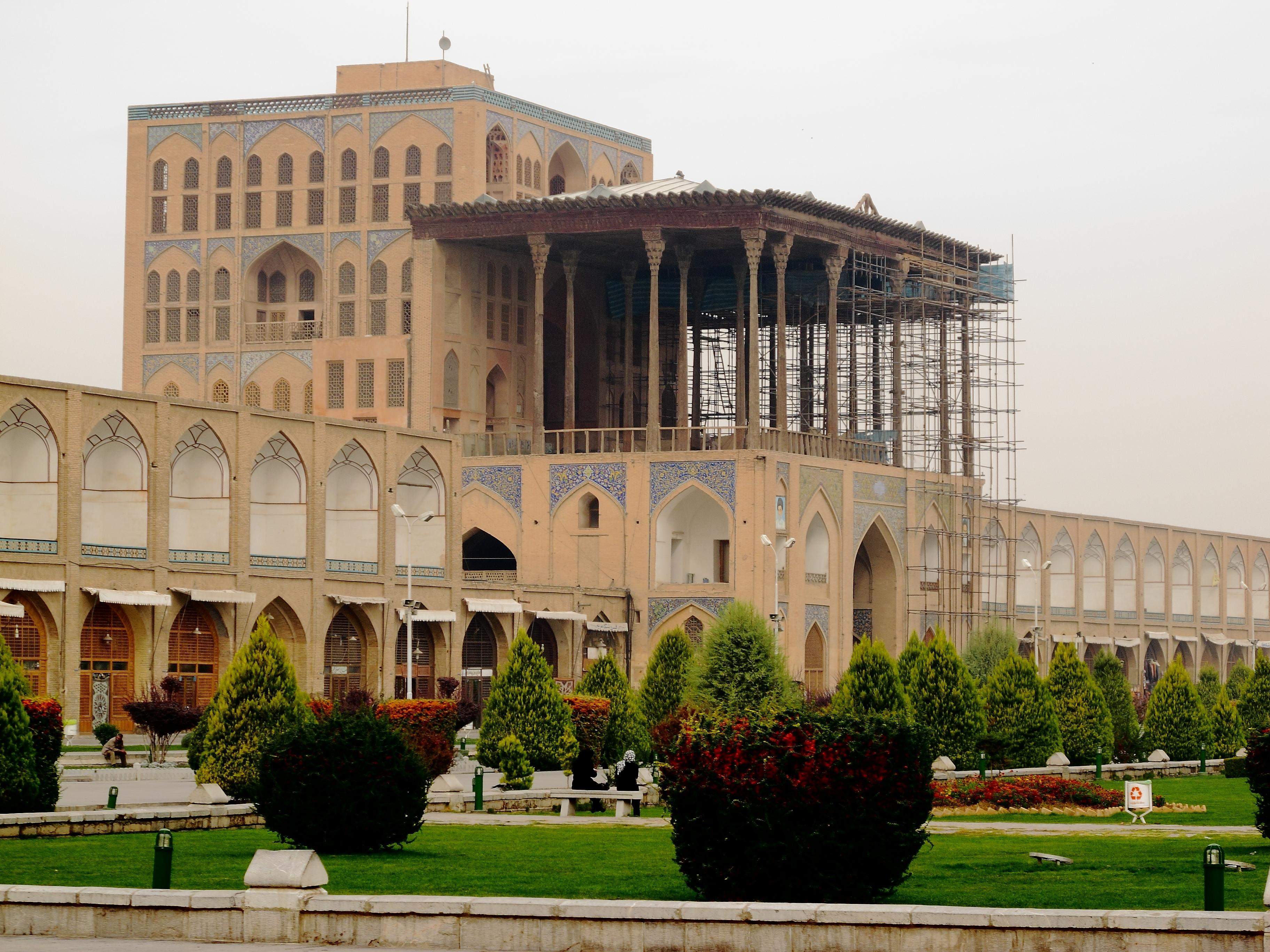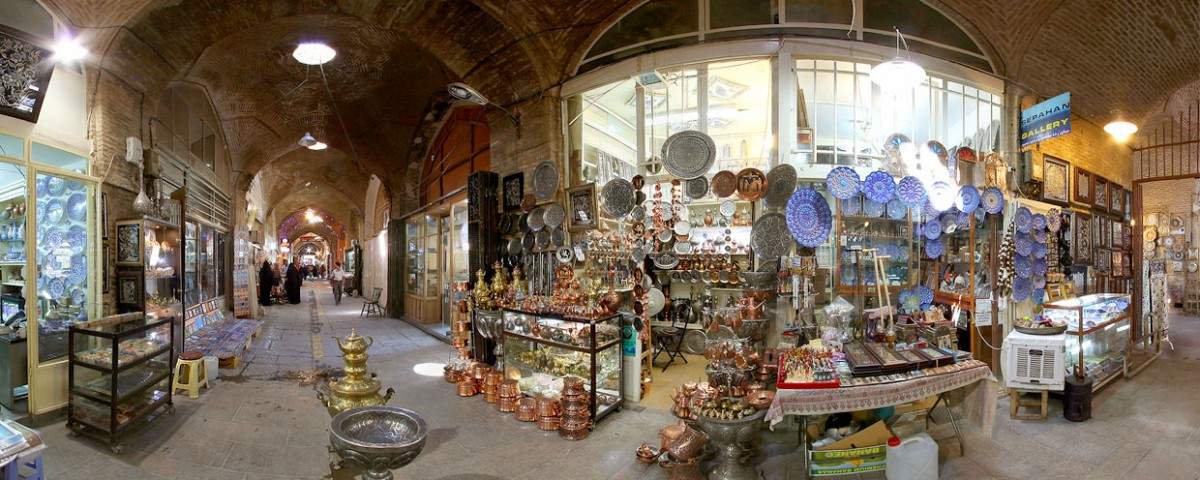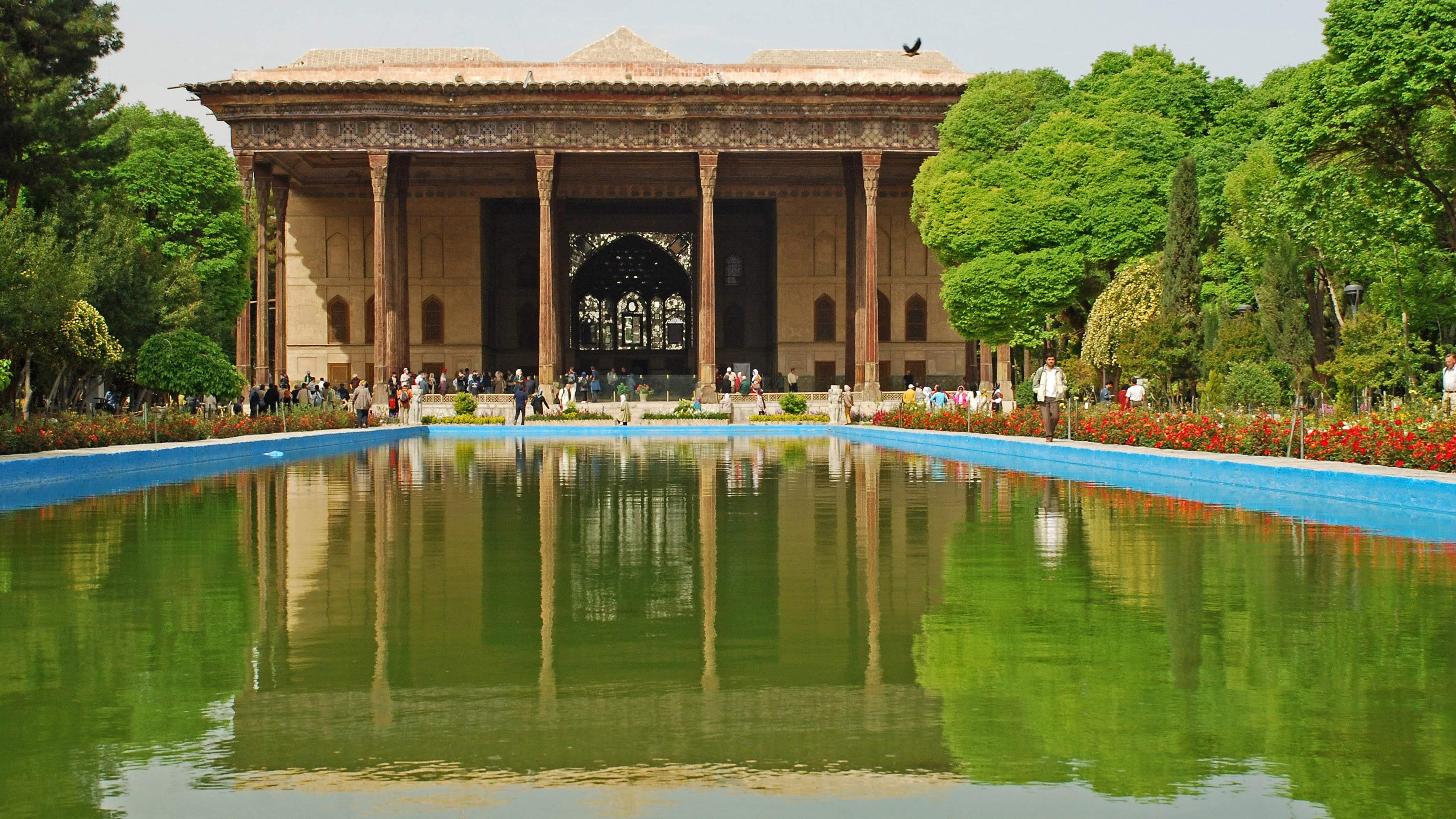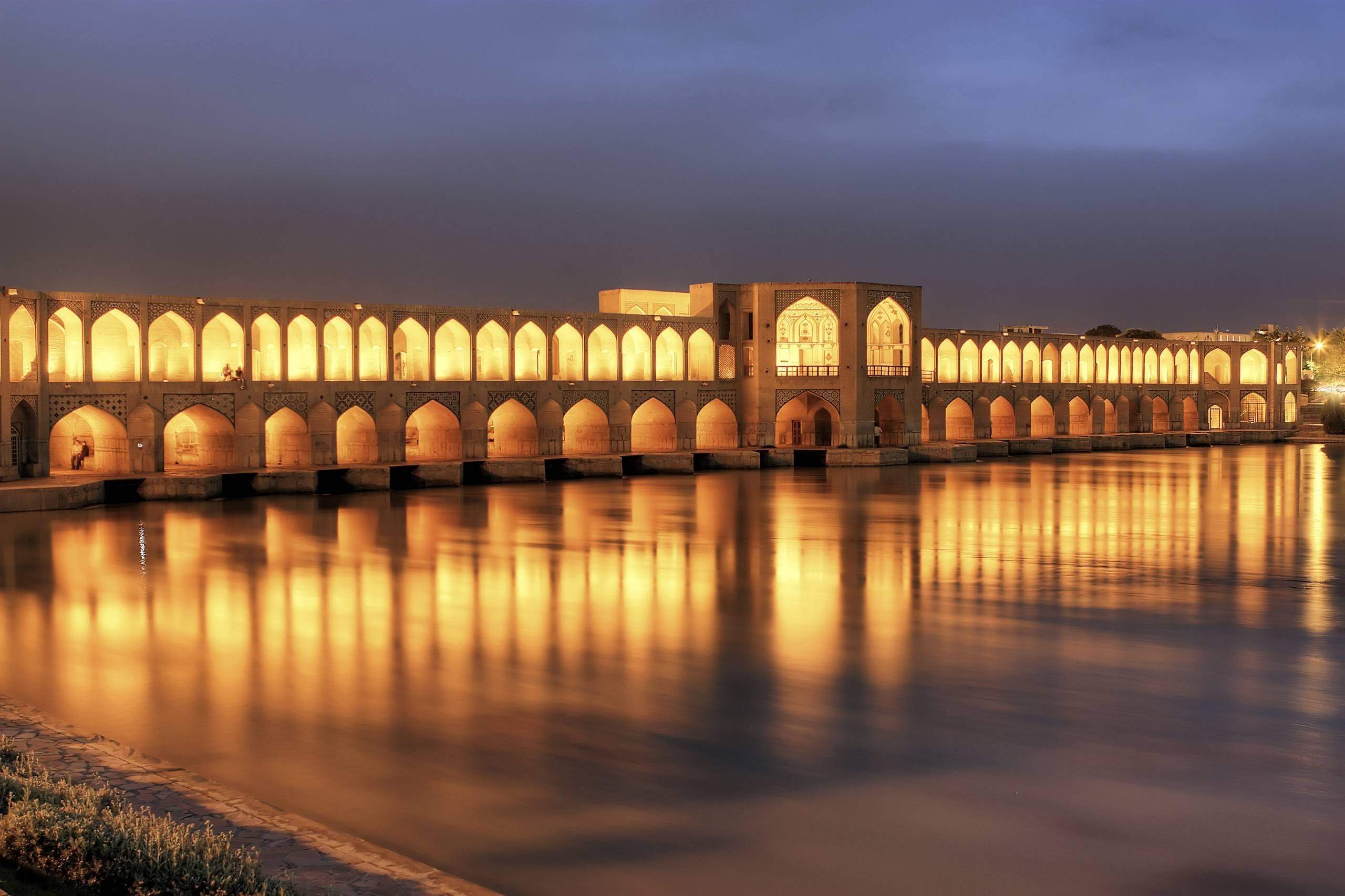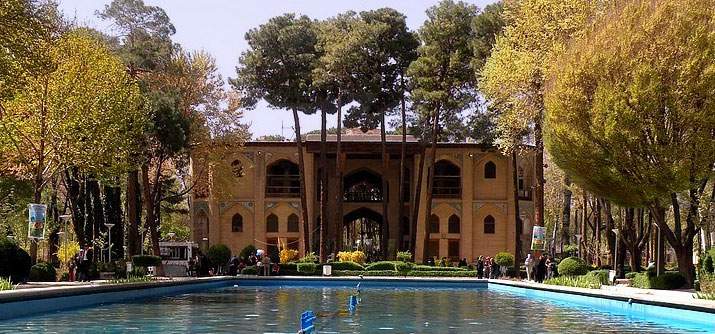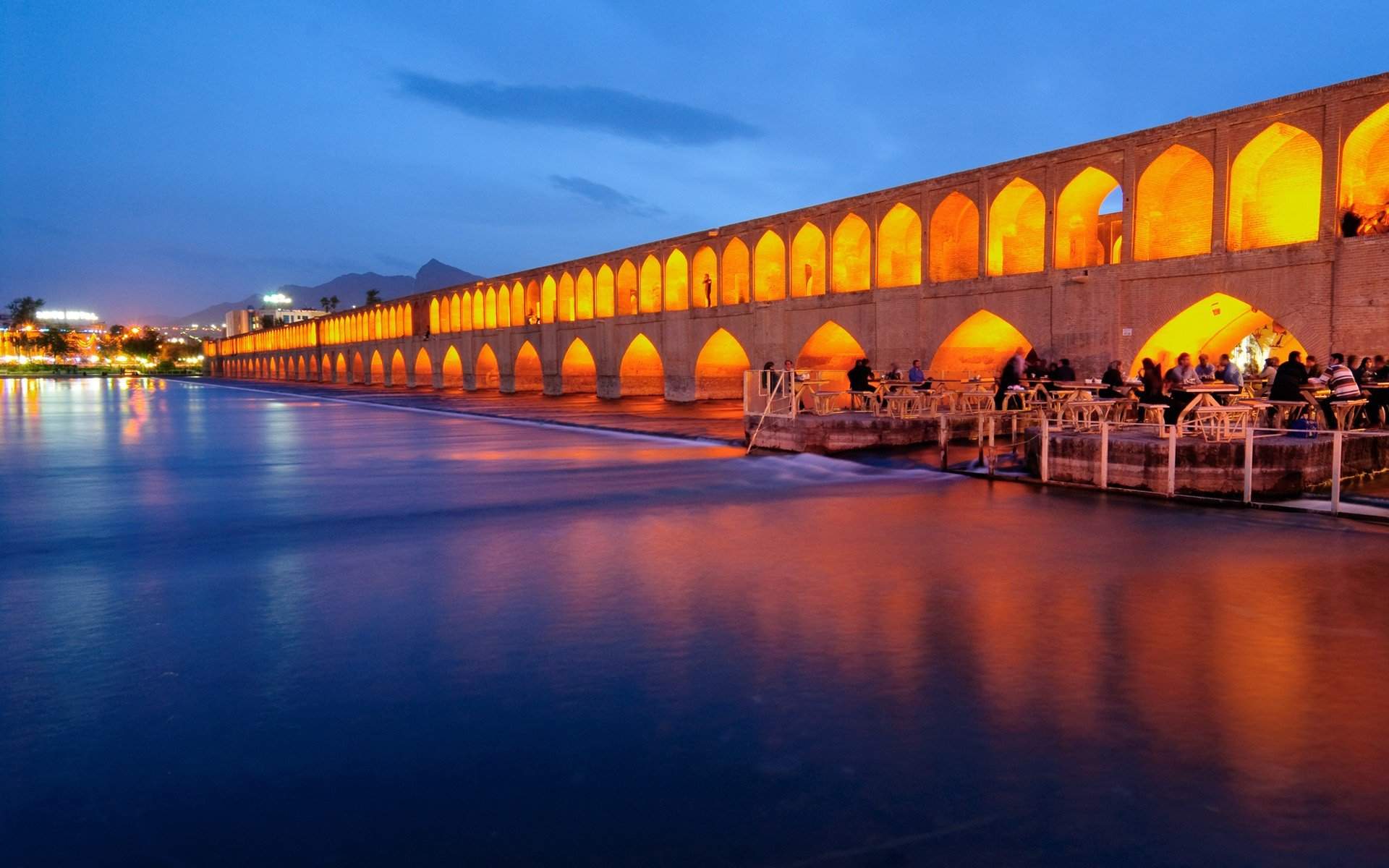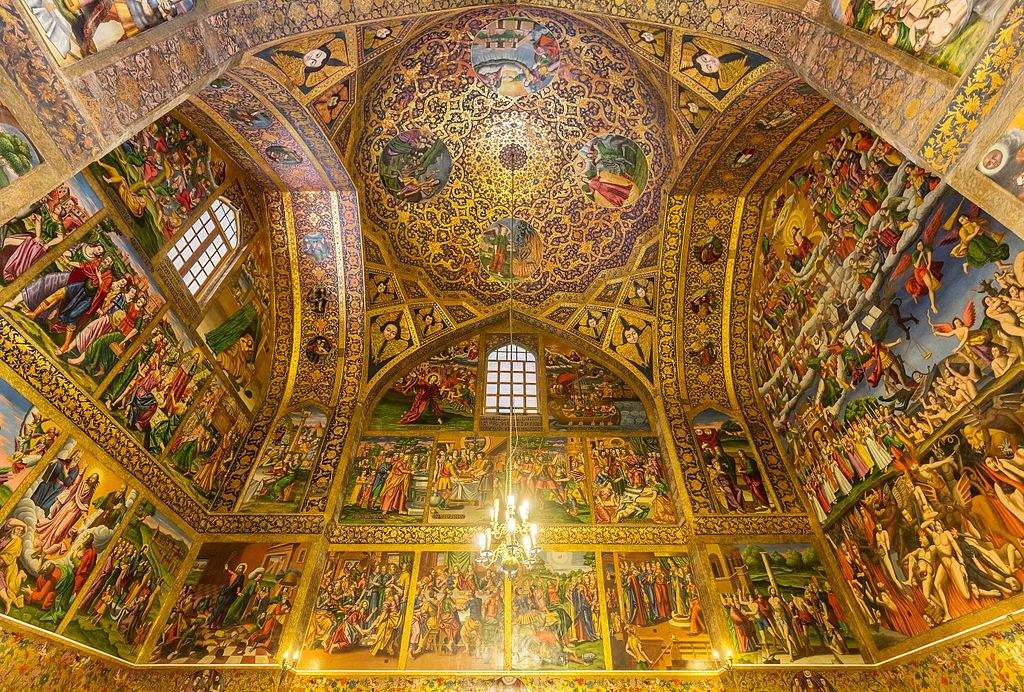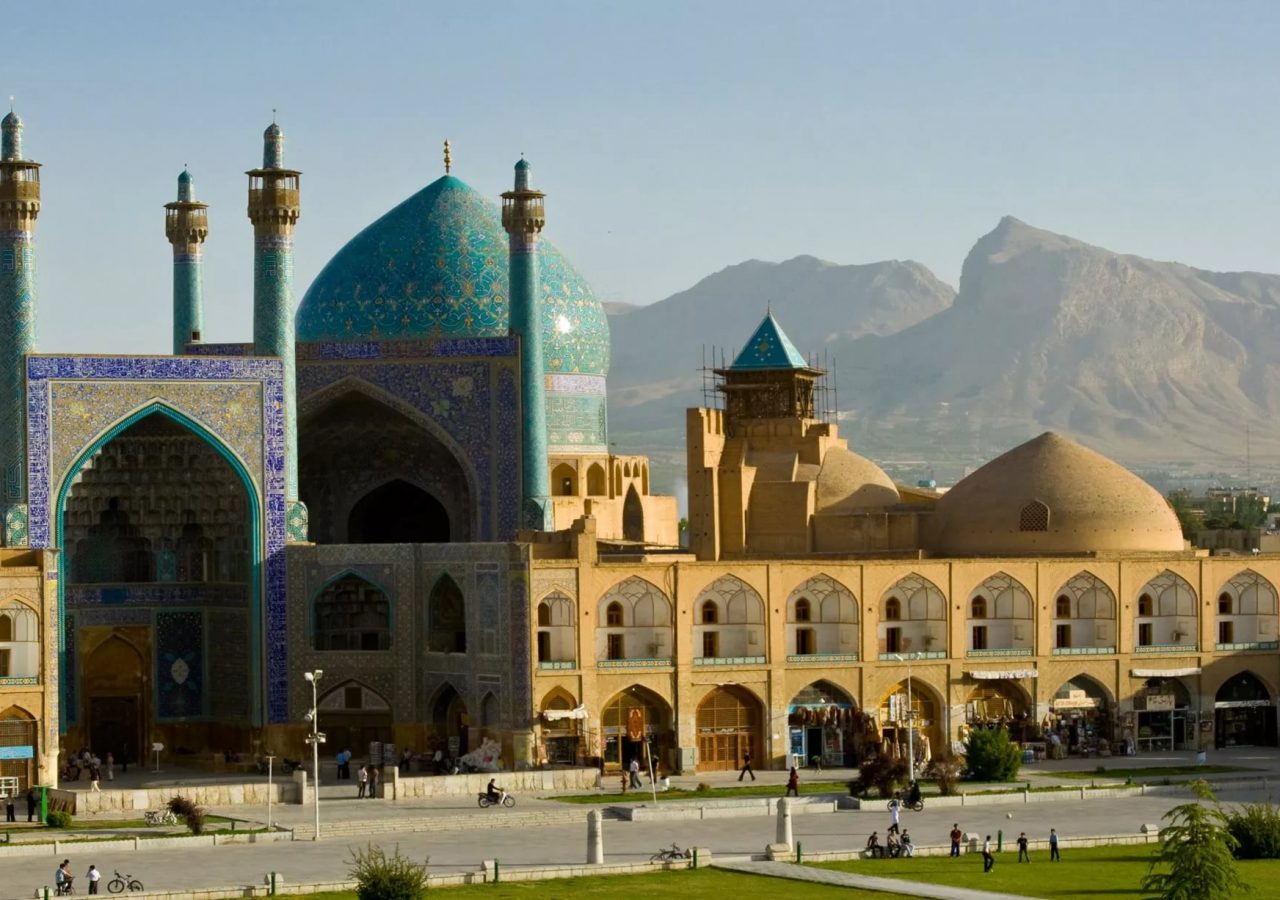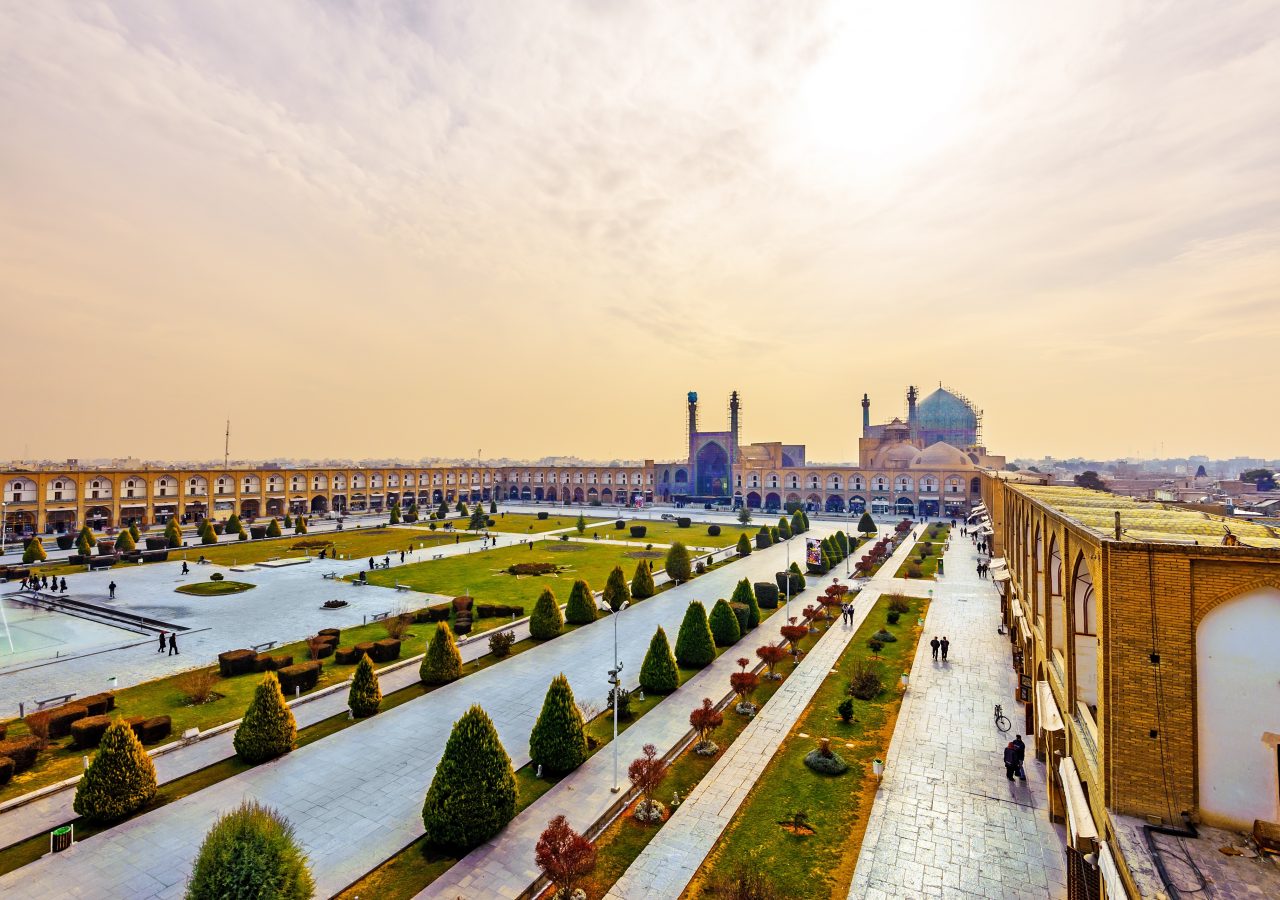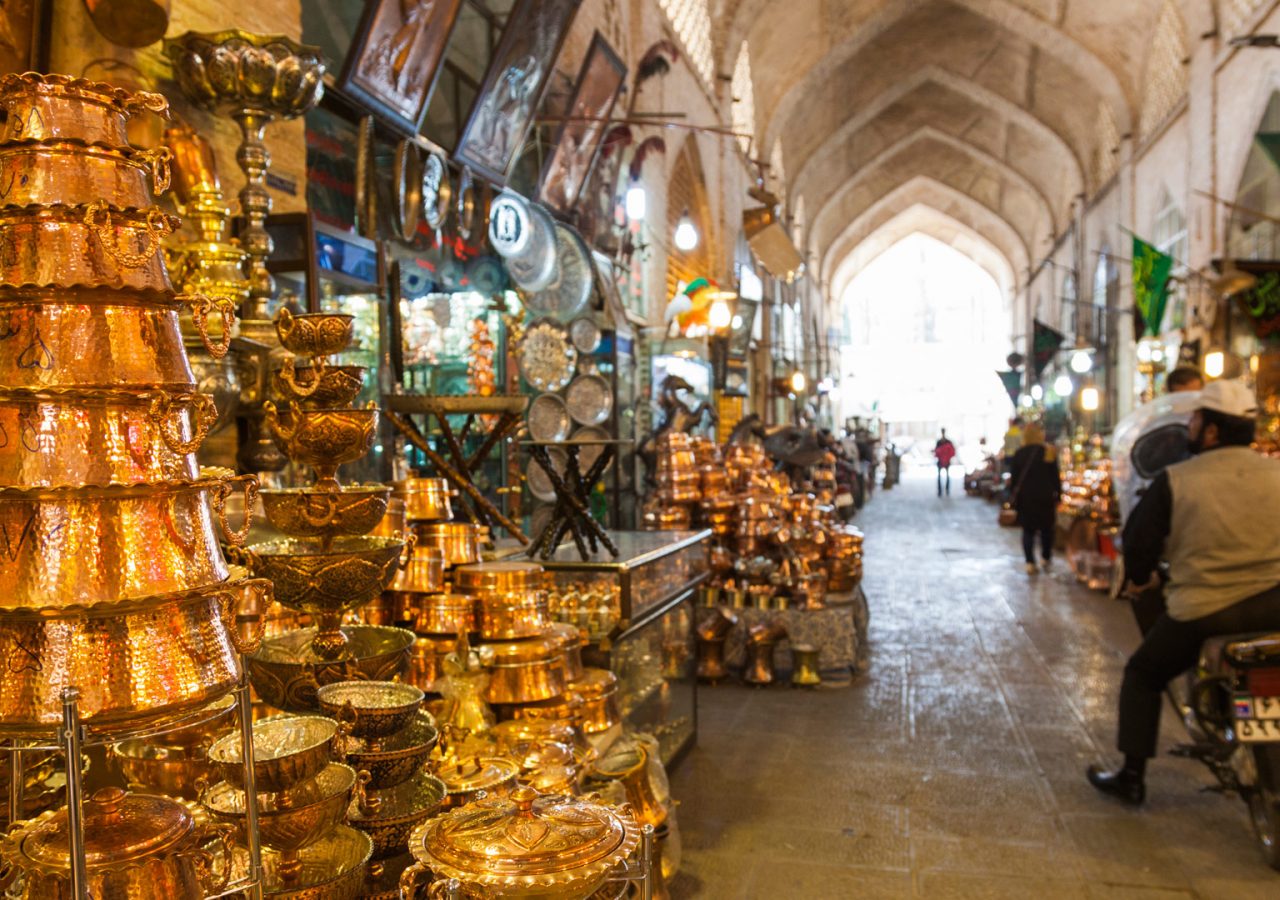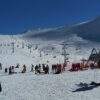Isfahan
Isfahan is an open-air museum, one of the best examples of Persian and Islamic architecture. Capital of the Persian Empire between 1592 and 1722, it is known as “Nesf-e Jahan” (half of the world), an allusion to its beauty, as many consider that half of all the beauties in the world are located there. The city is full of gardens, squares, mosques, bazaars, among other buildings to be visited.Isfahan is the third most populated city in Iran after Tehran and Mashhad. Isfahan has a moderate climate with regular seasons. The daytime temperature during the summer is around 35 °C, but due to the cold wind and low humidity, the climate remains pleasant.


